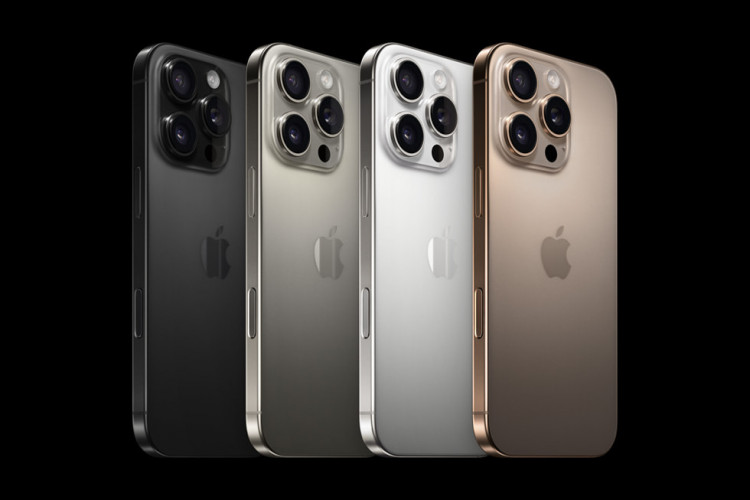Apple's highly anticipated iPhone 17 lineup is already the subject of intense speculation, with rumors suggesting a dramatic revamp for the Pro models and the introduction of an ultra-thin "iPhone 17 Air." The devices, expected to debut next year, could represent the most substantial shift in Apple's flagship product line in recent years.
The iPhone 17 Pro models are rumored to return to aluminum frames, diverging from the titanium used in the iPhone 15 Pro and iPhone 16 Pro. The devices will reportedly feature a new "part-aluminum, part-glass" back design, along with a larger, rectangular aluminum camera bump, according to sources tracking Apple's supply chain.
On the hardware front, the Pro models are expected to introduce the A19 Pro chip, built with TSMC's third-generation 3nm process. This upgrade should bring incremental improvements in performance and power efficiency. Additionally, Apple is said to be moving away from Broadcom with plans to integrate its own Wi-Fi 7 chip in at least one iPhone 17 model.
A significant camera upgrade is also rumored for the Pro line, with a 48-megapixel telephoto camera replacing the current 12-megapixel version. Both Pro models could see a jump to 12GB of RAM, improving multitasking and enhancing Apple's machine learning capabilities. A more compact Dynamic Island may also debut exclusively on the iPhone 17 Pro Max, attributed to Apple's adoption of a "metalens" for Face ID.
Meanwhile, rumors of an "iPhone 17 Air" have stirred further intrigue. Reports suggest that Apple could prioritize unprecedented thinness and lightness, echoing the design ethos of the original MacBook Air. However, there are concerns over the trade-offs involved in achieving this slim form factor. According to The Information, Apple's in-house modem may debut in the iPhone 17 Air. While this transition would reduce reliance on third-party suppliers, early reports suggest the modem could exhibit "lower peak speeds" and "slightly less reliable" connectivity compared to current iPhone models.
The introduction of Apple-designed modems is a long-term strategy, reportedly aimed at reducing costs and bolstering control over critical components. While Apple's chip team has a strong track record, the immediate impact on user experience remains uncertain.
Industry observers have drawn parallels between the iPhone 17 Air and previous Apple products that emphasized thinness, such as the MacBook Air and the ill-fated 12-inch MacBook. While the former evolved into one of Apple's most successful devices, the latter faced criticism for its limited performance and was discontinued after a short run. The success of the iPhone 17 Air may similarly depend on Apple's ability to balance innovation with functionality.
Apple is also rumored to enhance the camera technology across the entire iPhone 17 lineup. All four models may include a 24-megapixel front-facing camera, a significant upgrade from the 12-megapixel sensors on the iPhone 16 series.
The iPhone 17 announcements are expected next fall, but Apple has remained characteristically tight-lipped about the upcoming changes. However, the swirling rumors underscore the high expectations surrounding the company's flagship device. As always, Apple's ability to innovate while maintaining a balance between design, performance, and usability will determine the success of its latest offerings.



